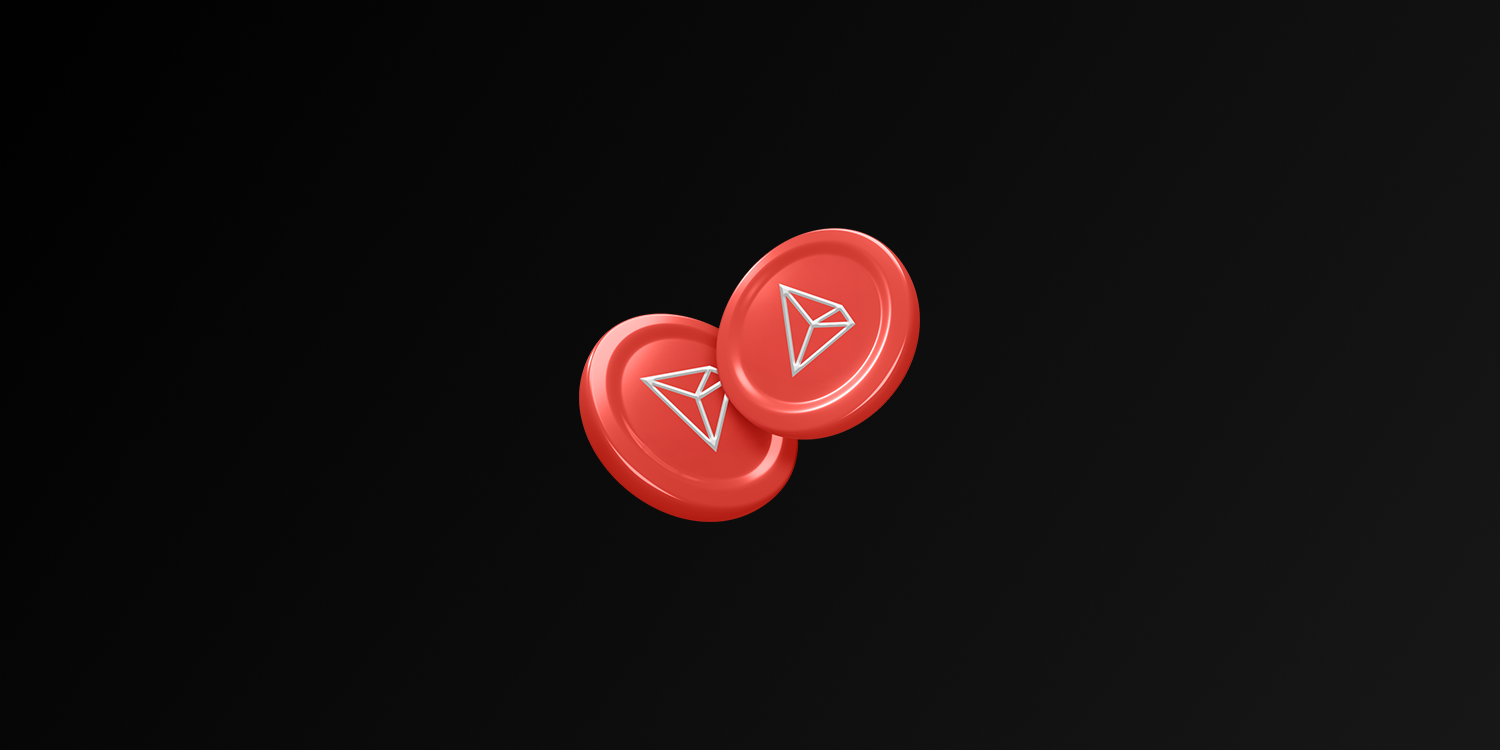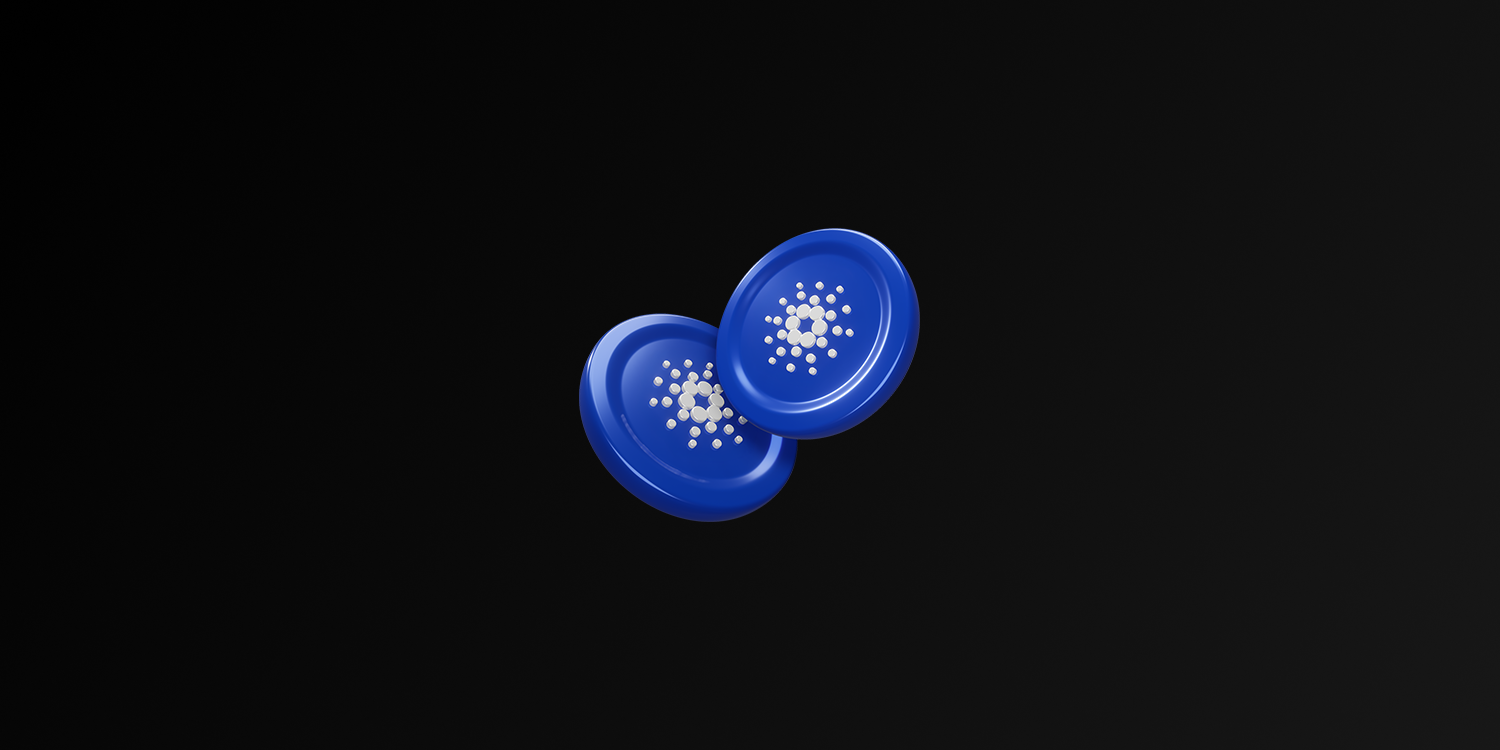Introduction
| Attribute | Details |
| Founder | Justin Sun |
| Year Established | 2017 |
| Category | Web3 |
| Description | TRON is a blockchain platform designed to provide direct income to content creators. It focuses on high transaction speeds and low costs. |
Tron is a blockchain for building decentralized applications. Its native token is the TRX token, which developers can use in their applications. Unlike similar blockchain projects, TRX is not used to pay on-chain transaction fees.
Tron was founded in 2017 by Justin Sun and is managed by the Tron DAO, a non-profit organization based in Singapore.
How does Tron work?
The Tron network has been likened to Ethereum, but there are some differences. Ethereum uses its native cryptocurrency, ETH, as a payment method for network participants called validators.
Tron uses bandwidth points as payment. By default, each user has 600 bandwidth points, representing 600 bytes of data. Transactions are measured by the amount of bytes they occupy in a block, so if a transaction is larger than the amount allowed by default, the user needs to buy more bandwidth points. More bandwidth points can be obtained by staking TRX
Tron uses a three-tier architecture consisting of a core layer, a storage layer and an application layer. These three layers work as follows:
- The core layer
Performs the main core tasks for the blockchain. This includes verifying transactions, managing accounts and reading smart contracts. It uses the Solidity smart contract language, originally developed for Ethereum.
- The storage layer
İt is designed to manage complex data storage. It is partitioned into blockchain storage and state storage.
- The application layer
İt is used by developers to create dApps and customized wallets. Since Tron supports smart contracts, there is a wide range of applications that can be built.
To validate transactions, Tron uses an authorized proof-of-stake consensus mechanism, a variation of the proof-of-stake model. Proof of stake is an energy-efficient alternative to the original proof-of-work model introduced by Bitcoin.
In Tron’s delegated proof-of-stake system, TRX holders can stake their tokens, which means they pledge these tokens as collateral. This gives them the right to vote for “super representatives” who will verify transactions. Votes are counted and super representatives are elected every six hours.
Super-agents receive blocks of transactions to be verified. For each block, each superagent receives a block reward and a vote reward, both of which are shared with the superagent’s voting “partners” according to their voting percentage.
Tron Technological Structure
The TRON network operates based on several principles, notably decentralized governance. All data on the blockchain is completely open and not controlled by a central authority. Content creators receive TRX as a reward for submitting their media.
Creators can also create their own tokens on the Tron network and use them in their own dApps. In addition, TRX is developing games on the Tron network, allowing players to directly reward creators while supporting a game.
Where is Tron used?
Tron (TRX) can be used in many different areas. Here are some of the uses of Tron:
Digital Content Platforms
Tron provides decentralized platforms for digital content creators. Content creators can get paid directly through the Tron network when sharing their content. This allows them to earn higher profits by eliminating intermediaries.
DApps (Decentralized Applications)
Tron enables the development of DApps thanks to smart contracts. Various applications such as games, DeFi projects and NFT marketplaces run on the Tron network.
DeFi (Decentralized Finance): Tron integrates with various DeFi projects, allowing users to borrow, lend, staking, and access other financial services.
NFT Marketplace
NFTs (non-fungible tokens) can be created, bought and sold on Tron. Using TRON’s official NFT platform, the TRC721 token standard, content creators can tokenize their digital assets.
Payments
TRX is used for fast and low-cost cross-border transactions. Users can purchase goods and services around the world using TRX as a payment method.
Gaming and Entertainment
The Tron network is used by game developers to facilitate the management and transactions of in-game assets. Tron’s fast and low-cost transaction structure makes it an attractive option for the gaming industry.
Tron is one of the projects that aims to lay the foundation for the decentralized internet and therefore stands out as a flexible platform that can be used in various sectors.
Conclusion
In conclusion, Tron (TRX) represents a versatile and innovative blockchain platform designed for decentralized applications, making significant strides in various sectors, including digital content, finance, and gaming. Its unique architecture, which utilizes bandwidth points for transactions and an energy-efficient delegated proof-of-stake consensus mechanism, enhances user experience while ensuring scalability. By empowering content creators, enabling the development of diverse dApps, and facilitating low-cost cross-border transactions, Tron fosters a more interconnected and decentralized digital ecosystem. As it continues to evolve, Tron is well-positioned to play a pivotal role in shaping the future of the decentralized internet, attracting developers and users alike to its dynamic platform.
Disclaimer
This content is for informational and educational purposes only and does not constitute investment, legal, or tax advice. Digital assets are volatile and involve risk; do your own research and consult a qualified professional before making decisions. No accuracy, completeness, or future performance is guaranteed, and no endorsement of any project or asset is implied.





